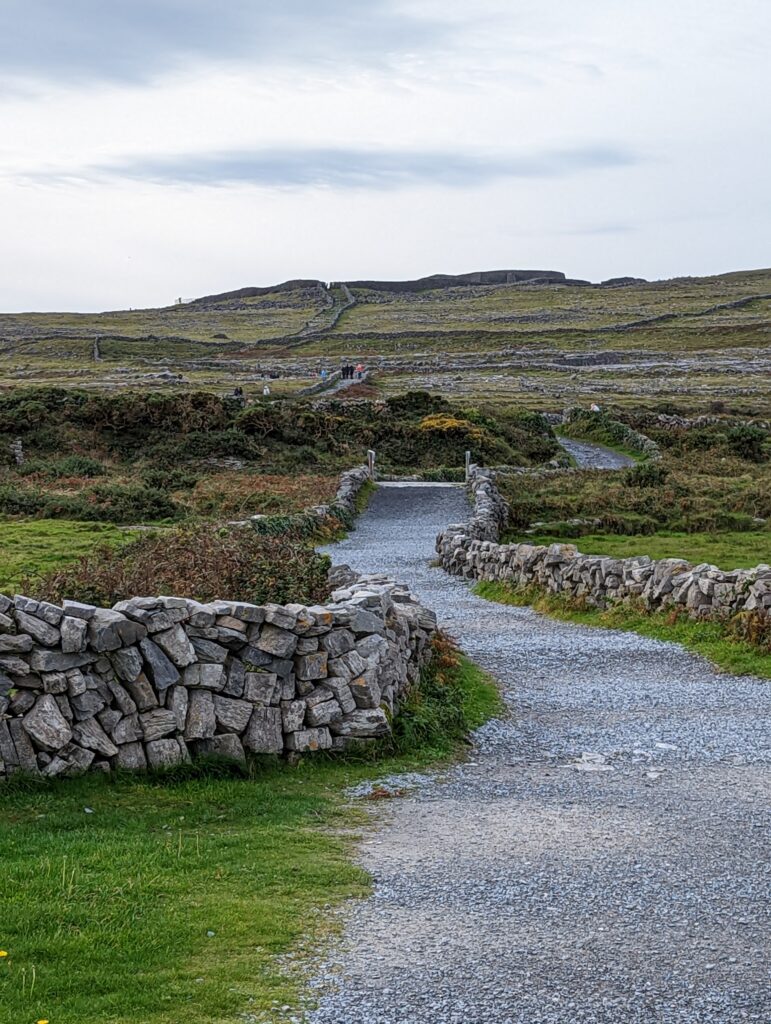
Lost and Found – Stories Inspired by Lore
Somewhere between Celtic Reconstructionism and Goidelic Paganism, the Wild Heart flares to life. Those of us who tend the Hearth mostly follow the Túatha Dé Danann, though some follow others outside the Goidelic (Irish, Scottish) traditions and pantheon. Still, we all have one thing in common: we have lost so many of our stories.
Now, partially this is to be expected. Cultures and traditions shift over time, and stories that were relevant and taught important lessons in the culture of the time are lost as their need ebbs. In a living tradition, these are replaced by other stories as people interact with their spirits, the land around them, and their deities. This is especially true for those of us who follow largely oral traditions. But in many cases, more nefarious things were at work here – stories of our deities were replaced by stories of other deities, and our stories, even the ones that were still quite relevant – were lost.
For Celtic Reconstructionists, they go back to the source lore as much as possible, mixing archaeology, anthropology, mythology, historical texts, and cultural backgrounds to create what they think their religion (or spirituality) might be, had it continued without interruption or interference. For a beautiful description of Celtic Reconstructionism, I like Morgan Daimler’s blog post here (https://lairbhan.blogspot.com/2015/03/reconstructionism-what-it-is-what-it.html) that goes through this. They are generally an excellent source for perspective and academic discussion of lore and mythology. We highly recommend their work.
For those practicing the living traditions, this has evolved into a syncretic practice with Christianity and paganism living hand in hand. Go to Alba and find a holy well – they’re all over, and most are connected to some “saint” who appears in Goidelic mythology of the pagan variety. See also all the dedicated spaces to Saint Brigid, or as those of us in pagan circles call her, the Goddess Brígid (or Bríg, Bride, et al). Take a look through the National Folklore Collection from Ireland (https://www.duchas.ie/en) for stories that bridge the gaps between Christianity and paganism, integrating both so seamlessly none of us will ever be quite sure how they got that way in the first place.
So here we find ourselves, many of us, trying to connect to our pagan deities without the veneer of Christianity. We can’t just go back to what was done a thousand years ago, because it doesn’t suit the age and we don’t have most of the information anyway. We might know a great story about warring pigherders, but that doesn’t help us know how a ritual to honor An Dagda Mór used to be done, practically speaking. That’s part of what Celtic Reconstructionism does, and it’s part of the responsibility of each of us as we figure out our own practices and our own craft.
But what of the stories? We know we’re missing lore, mythology, stories lost when the bards and skalds as classes were destroyed or forced into monasteries across continents. We know we’ve lost huge chunks of the Eddas. But how do we move forward from there?
In our case, we read the lore, and we dream. We meditate. We talk, we sing, we create. If you believe we are connected to the collective unconsciousness, or if you believe in the imbas forosnai or stories of people like Fionn MacCumhaill, who it was said could put his thumb in his mouth and access whatever knowledge he needed, perhaps you believe we can access those lost stories. If you believe we can journey to other worlds – the Otherworld, or the Nine Worlds/Realms – then maybe you also believe the beings we meet there can tell us their stories too. Maybe you were entranced by the story of the file (bard) who laid on the gravestone of Fergus mac Róich to get the complete story of the Táin Bó Cuailgne. Or maybe you just believe in the power of a good tale well-told, full of wonder and magic and fantasy. After all, stories don’t have to be factual to resonate, do they?
And so the stories we present here are for you to find your own value within. Where they are inspired by the lore or mythology we have, we link or reference that. Where they fill the gaps left by stories we feel we should have but don’t, we note that too. Where they are retellings of extant lore (perhaps with a change here or there), we try to call out the changes. We are not in the business of telling you what you should believe, or how you should believe. What stories we have we hope you enjoy, and find value in for yourself, your path, and your own worldview. We are not the Arbiters of Truth. For your own truth, we gladly refer you to your own deities and guides and ancestors, but hope that you enjoy what we present in its own right.